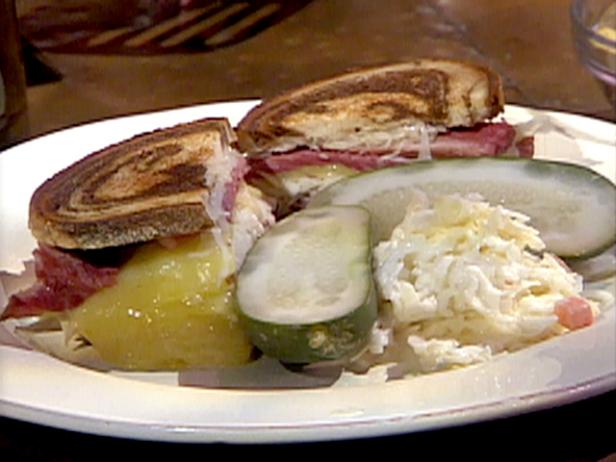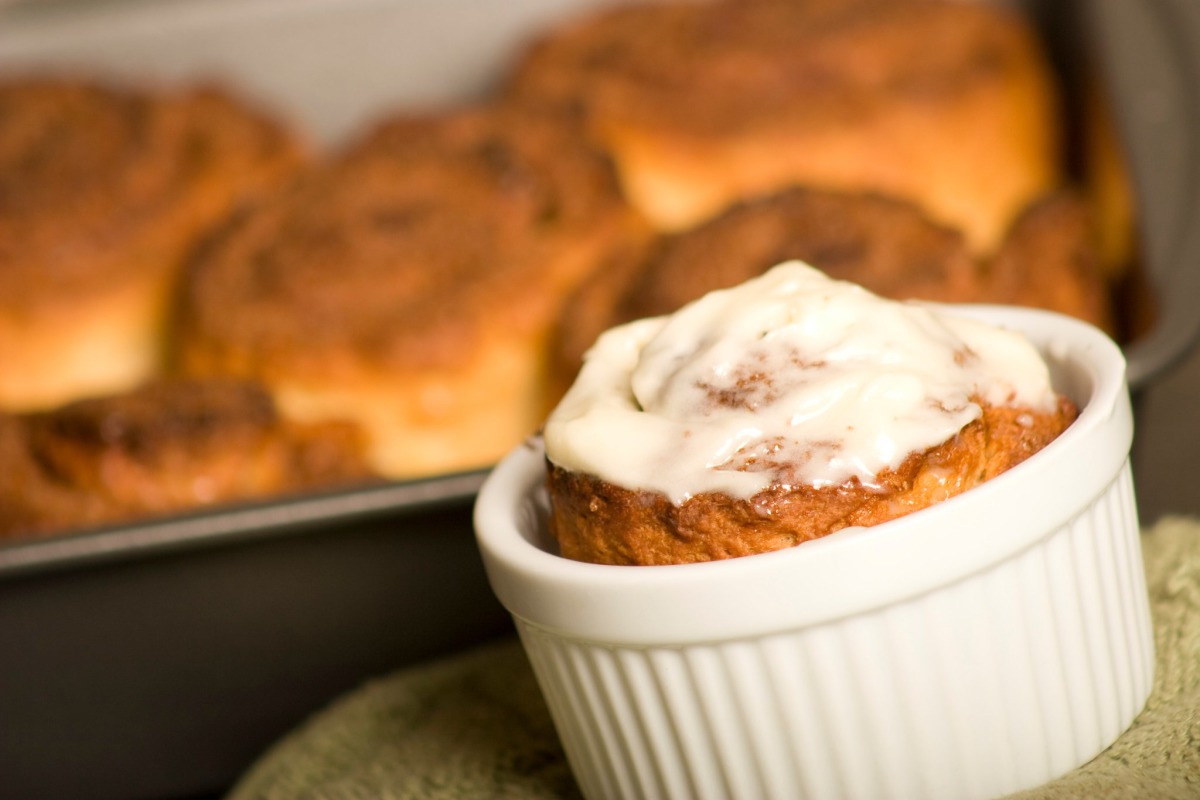**Indulge in the Enchanting Flavors of a Hawaiian Luau: A Culinary Journey of Tropical Delights**
Embark on a tantalizing voyage to the heart of the Pacific Islands with an authentic Hawaiian luau, where traditional flavors and vibrant culinary creations await. From the succulent kalua pig, roasted to perfection in an underground oven, to the savory poi, a staple dish made from pounded taro root, each recipe captures the essence of Polynesian cuisine. Immerse yourself in the sweet and tangy notes of kalua pig, complemented by the creamy richness of poi. Delight in the vibrant hues and tropical flavors of the lomilomi salmon, where fresh salmon is tossed in a zesty marinade of tomatoes, onions, and herbs. Experience the perfect balance of sweet and savory with the mouthwatering huli huli chicken, grilled to perfection with a luscious glaze. Satisfy your sweet cravings with the delectable haupia, a coconut cream pudding that embodies the tropical spirit of Hawaii. Journey through the diverse flavors of a Hawaiian luau, where each dish tells a story of tradition, culture, and culinary artistry.
A LUAU
Steps:
- The idea of building a pit to cook is as old as time. What you cook can be as complicated or as easy as you want, and its size can be whatever the labor force allows--a much better usage for bob a job week than ruining the paintwork on your car. Suggestions for food to cook are ears of corn, potatoes, fish fillets wrapped in foil with butter and seasoning, chops or sausages wrapped in foil, clams, mussels, or lobsters. Use your imagination and experiment.
- 1. Drive 4 posts into the ground to delineate a rectangular area about 5 by 8 feet. Dig out to a depth of 18 inches, banking the sand around the edges.
- 2. Line the pit with smooth, dry pebbles or bricks.
- 3. Start a small fire on top of the stones in the middle and gradually add logs until you fill the whole pit.
- 4. Keep the fire stoked for at least an hour, then allow to burn down for another hour to ensure the stones are properly heated.
- 5. Carefully rake the embers from the pit without disturbing the stones.
- 6. As quickly as possible, spread well-rinsed seaweed or non-poisonous green leaves over the stones in a layer about 6 inches deep.
- 7. Lay the prepared food in a single layer on top of the seaweed.
- 8. Spread a 6 inch layer of seaweed over the food. Make sure the food is completely covered.
- 9. Cover with a tarp that extends at least 12 inches beyond the sides of the pit. Weigh down the edges with stones. Let the food cook for at least 3 hours.
WHOLE KAHLUA PIG ROASTED IN A SAND ENCLOSED OVEN FOR A LUAU
Provided by Robert Irvine : Food Network
Categories main-dish
Time 10h30m
Yield 25 to 40 servings
Number Of Ingredients 15
Steps:
- Dig a pit in the sand 2 feet deep and 6 feet in diameter. Add the river rocks and cover with enough of the wood to get the fire underway to heat the rocks. (You will add the additional wood as needed.) Start the fire (to heat the rocks to 800 degrees F). Add the metal panels on top of the fire to contain heat without smothering the fire.
- Using assistance place the gutted pig in the supine position on the stretcher-like platform and wrap the affixed chicken wire around to mostly secure the pig, but leaving enough room to be able to put the heated lava rocks inside the body cavity.
- Place some banana "stumps" in the body cavity of the pig to serve as a buffer between the hot coals and the pig meat to prevent the flesh from burning.
- Protecting your face, hands, and body with proper gear and using safe equipment, remove enough of the metal panels from the fire to retrieve the heated rocks with fire safe tongs. Someone will use heavy fire mitts to hold the rocks in a pair of tongs, while the other person uses the ti leaves "brush" to dust off the ash. The rocks with the ash removed are then placed one-by-one in the cavity of the pig so it will cook from the inside out with dry heat. Place some additional banana "stumps" in the body cavity of the pig to serve as a buffer between the hot coals and the pig meat to prevent the flesh from burning. The carcass of the pig is then closed with chicken wire and additional metal wire as needed to secure the chicken wire. Remove the attachments that have been holding the chicken wire to the stretcher. Transfer the pig to sit atop the metal panels of the imu, and use the additional ti leaves like aluminum foil, placing them dull side up, shiny side down in a cross configuration to steam the exterior of the pig with the moisture from the ti leaves.
- When the pig is cooked through, approximately eight hours, use assistance to remove it from the fire, let rest for 30 minutes, then carve it down. The cheeks of the pig should be reserved for the most honored guest.
Tips:
- Use fresh ingredients whenever possible. This will give your dishes the best flavor.
- Don't be afraid to experiment. There are many different ways to make Hawaiian food, so feel free to try different recipes and ingredients until you find ones that you like.
- Be patient. Some Hawaiian dishes take time to prepare, so don't get discouraged if your first attempt doesn't turn out perfect.
- Have fun! Cooking Hawaiian food should be a fun and enjoyable experience, so relax and enjoy the process.
Conclusion:
Hawaiian cuisine is a delicious and unique blend of flavors and textures. Whether you're looking for a simple dish to serve at your next party or a more elaborate meal to impress your friends, there's sure to be a Hawaiian recipe that you'll love. So get cooking and experience the Aloha spirit of Hawaii!
Are you curently on diet or you just want to control your food's nutritions, ingredients? We will help you find recipes by cooking method, nutrition, ingredients...
Check it out »
You'll also love









